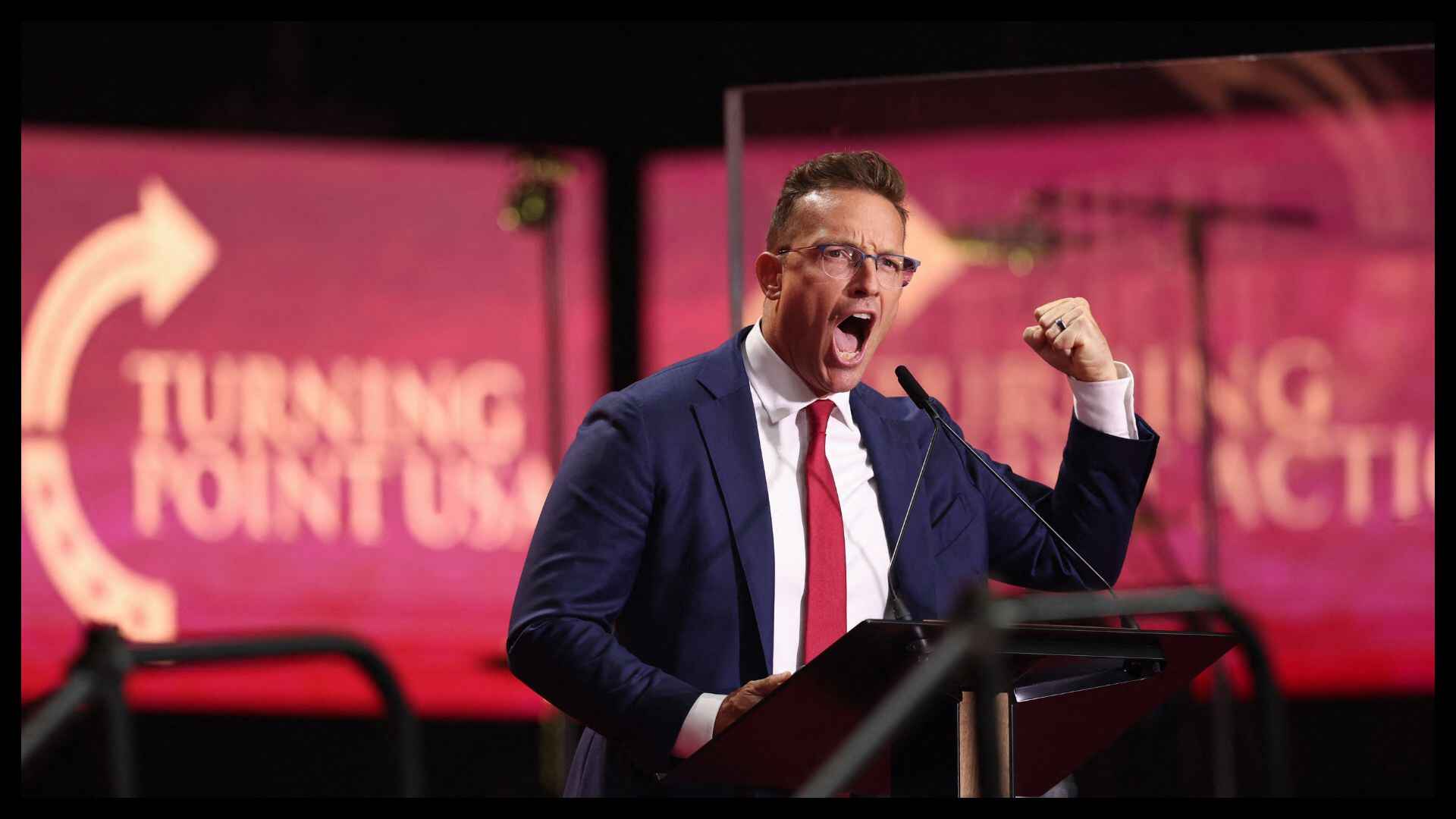Washington, D.C.
A chilling letter threatening conservative influencer Benny Johnson has become federal fodder after authorities arrested George Isbell Jr in connection with the case. The shocking details have ignited fierce debate over political violence, media safety, and the limits of dissent in America.
Threat Emerges in Heated Political Climate
A dangerous trend with chilling echoes
Context of Political Tensions
In the aftermath of the assassination of conservative activist Charlie Kirk, U.S. Attorney General Pam Bondi announced the arrest of George Russell Isbell Jr, 69, for allegedly sending a death threat to Benny Johnson. The letter reportedly arrived at Johnson’s Florida residence and used graphic imagery to extol violence.
Authorities say the threat was traced to San Diego via fingerprints and mailing records. Bonds between this case and trends of politically motivated threats have raised immediate alarm across media and security circles.
Who Is Benny Johnson — A Profile
Many readers ask who is Benny Johnson. He is a prominent conservative commentator, former writer for Breitbart and TheBlaze, and host of The Benny Show Podcast. Known for provocative commentary, Johnson has been no stranger to prickly reactions from critics. Still, this alleged threat marks one of the most severe confrontations yet.
Johnson’s relationship to Charlie Kirk—both politically and personally—adds fuel. The suspect’s note referenced Kirk’s name, suggesting the target selected Johnson in part because of that association.
Details of the Letter & Alleged Threats
What the complaint reveals
Graphic Language and Violent Imagery
According to the DOJ complaint, the letter demanded Johnson’s “extermination” and that he be strangled by an American flag. It also reportedly described scenes of bloodshed, tortured imagery, and a malicious glee at orphaning his children. Pam Bondi publicly condemned the message as “horrific.”
The note’s references to Charlie Kirk appear tailored to invoke fear and transfer symbolic meaning from one high-profile conservative target to another.
Legal Framework & Penalties
Isbell faces a federal charge of mailing a threatening communication, which carries a maximum penalty of five years in prison if convicted. The FBI and U.S. Postal Service jointly traced the letter, used fingerprint evidence, and worked across jurisdictions to arrest Isbell in San Diego.
Authorities emphasize that threats directed at public figures—even under the guise of hyperbole—are not protected by free speech if they incite violence. FBI officials reaffirmed a zero-tolerance policy toward politically motivated threats.
Expert Views & Broader Implications
Repercussions for media safety and civic discourse
First Amendment Experts Weigh In
Legal scholars note that while political rhetoric can be heated, crossing from harmful speech to credible threats is a red line. Constitutional law professor Jane Andrews observes, “Courts evaluate the context, specificity, and capability of the threat. This case seems to check many boxes.”
Security analysts point to this case as part of a pattern: high-profile speech makes individuals lightning rods. “Once someone becomes a visible voice, the risk escalates,” says a threat-assessment specialist.
Impact on Conservative Media Figures
This incident intensifies concerns for commentators like Benny Johnson, who often operate under fierce ideological fire. Some peers are reassessing physical security needs, while others argue this risk comes with the role of visibility in polarized times.
The case also raises questions about how law enforcement distinguishes true threats from political rhetoric. For audiences, the threat underscores how volatile the national conversation has become—and the personal danger tied to public voices.
What’s Next & What Can Be Done
Paths for accountability and protection
Legal Proceedings & Public Watch
Isbell is expected to be arraigned soon. Journalists and civil rights advocates are watching closely to verify fairness and transparency. Johnson has publicly pledged to follow every court step, inviting scrutiny of the prosecution’s evidence.
Public pressure and oversight may ensure the case is not quietly dismissed or diluted. Media outlets are likely to publish ongoing updates to keep scrutiny tight.
Strengthening Protections for Media Voices
Media organizations could adopt proactive security protocols: threat-monitoring systems, safer home addresses, coordination with law enforcement, and legal insurance. Advocacy groups are calling for clearer federal guidelines protecting journalists and commentators from harassment and violence.
As the case unfolds, it may guide how future threats against public figures are handled — balancing safety, accountability, and free expression.
Closing Discussion
The arrest of George Isbell Jr in the threatening letter case marks a critical flashpoint. The evidence suggests this was no empty rant: the language was graphic, targeted, and rooted in political animus. The threats against Benny Johnson expose vulnerabilities within our polarized media ecosystem and underscore the need for clearer protections for outspoken voices.
If convicted, Isbell’s prosecution must send a clear message: violent threats, especially in the name of ideology, will not be tolerated. Yet the broader takeaway is sobering — in the digital age, visibility brings not just influence but risk.
Let this be a wake-up call for media figures, platforms, and citizens alike: we must defend the right to speak, but never at the cost of safety.







